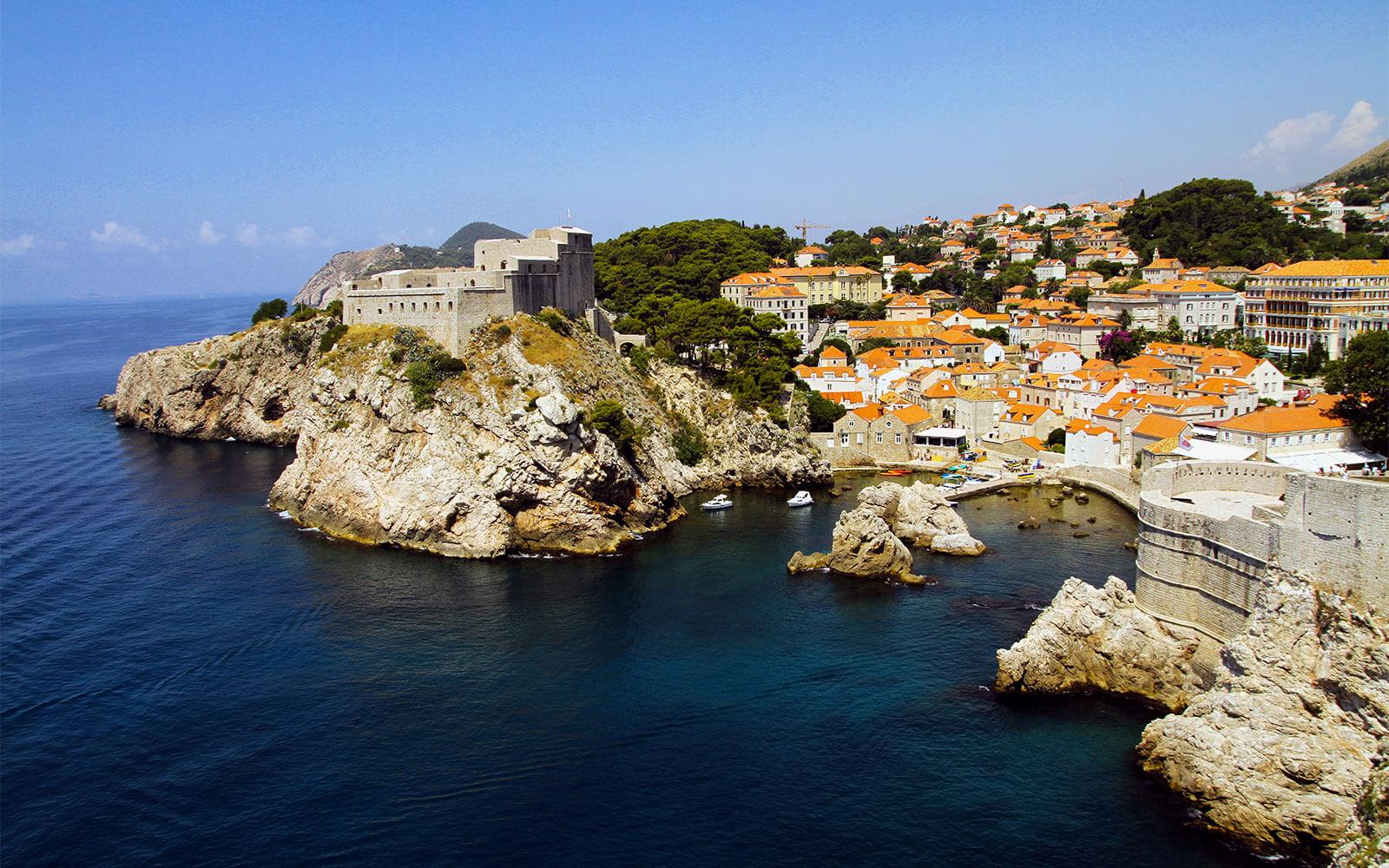 “But, what’s it really like?” As invigorating, exciting and intoxicating as it is to explore an unknown land, it can be inconvenient and even a little intimidating to go in completely blind. That’s where we come in. In this ongoing series, we pose some essential questions and arm you with the answers of our regional experts to help you get in deep and up close—without frying your cell phone, bringing the wrong currency, or in this case, getting seasick!
“But, what’s it really like?” As invigorating, exciting and intoxicating as it is to explore an unknown land, it can be inconvenient and even a little intimidating to go in completely blind. That’s where we come in. In this ongoing series, we pose some essential questions and arm you with the answers of our regional experts to help you get in deep and up close—without frying your cell phone, bringing the wrong currency, or in this case, getting seasick!
Dalmatian Coast Travel Tips
Will I need a visa to enter Croatia?
Probably not. Citizens of most countries can enter Croatia visa-free with a valid passport and stay for up to 90 days.
What is the currency in Croatia? Are they on the Euro? And what about credit cards?
No, the currency in Croatia is called the kuna, and one kuna is worth about 18 cents USD. Major credit cards are accepted almost everywhere.
And what’s the ATM situation like there? Should I buy some kunas before going?
ATMs in Croatia are widespread and you’ll find them at most major transportation hubs, like airports and train stations. But keep in mind that along with the convenience of ATM use come fees, which can sometimes be complicated and get quite pricey. It might be cheaper to buy cash from your local bank before leaving.
How do I get there? Can I fly direct to Dubrovnik?
No, unfortunately from North America you cannot fly direct to Dubrovnik. You’ll likely have to transfer in a major European hub like London or Frankfurt.
Dalmatian Coast with B&R
Your Dalmatian Coast Biking trip looks pretty spectacular, but I understand it’s not flat. How difficult is the biking on this trip? Are e-bikes available?
This is a moderate to challenging trip plain and simple—there’s no avoiding all those hills! However, we tend to do more of our biking earlier in the day to avoid the afternoon heat.
I know the trip involves time aboard a ship. What are the waters like? And more to the point, will I get seasick?
This can be a tricky question to answer but we’ll try our best! One thing to keep in mind is that the skipper won’t knowingly sail into overly rough waters. If we run into bad weather or choppy seas, the route will be modified accordingly. And if you are prone to seasickness, there are some precautions that you can take. In our opinion staying busy (preferably by biking!) and keeping your mind occupied are the best ways to avoid seasickness. Drinking plenty of water and keeping your stomach full help too (and of course, we’ll help you with that!). There are also many over-the-counter seasickness remedies that can be purchased in advance; it’s best to speak with your travel doctor about this.
How big are the cabins and beds on board?
There are two upper deck double cabins that are 10 sq. metres, plus a bathroom that’s an additional 4 sq. metres; two main deck twin cabins that are 10.5 sq. metres with a bathroom that’s 3.5 sq. metres; two below-deck double cabins that are 13.5 sq. metres with bathrooms that are 4.55 sq. metres (these can also serve as triple cabins); and two below-deck double cabins that are 10.5 sq. metres with 5.5 sq. metre bathrooms.
Can I access the internet onboard?
Wi-fi is not available on the ship, but there is one computer with internet onboard. You also may have some luck picking up a wi-fi signal while we’re in port.
What sort of luggage should I bring?
Normally we wouldn’t prescribe what luggage you’ll need, but onboard it’s very important that you do not overpack, as space is very limited in the cabins. We encourage a max of two pieces per person and soft shell suitcases are highly preferable.
![]() “But, what’s it really like?” As invigorating, exciting and intoxicating as it is to explore an unknown land, it can be inconvenient and even a little intimidating to go in completely blind. That’s where we come in. In this ongoing series, we pose some essential questions and arm you with the answers of our regional experts to help you get in deep and up close—without frying your cell phone, bringing the wrong currency, or in this case, getting seasick!
“But, what’s it really like?” As invigorating, exciting and intoxicating as it is to explore an unknown land, it can be inconvenient and even a little intimidating to go in completely blind. That’s where we come in. In this ongoing series, we pose some essential questions and arm you with the answers of our regional experts to help you get in deep and up close—without frying your cell phone, bringing the wrong currency, or in this case, getting seasick!
